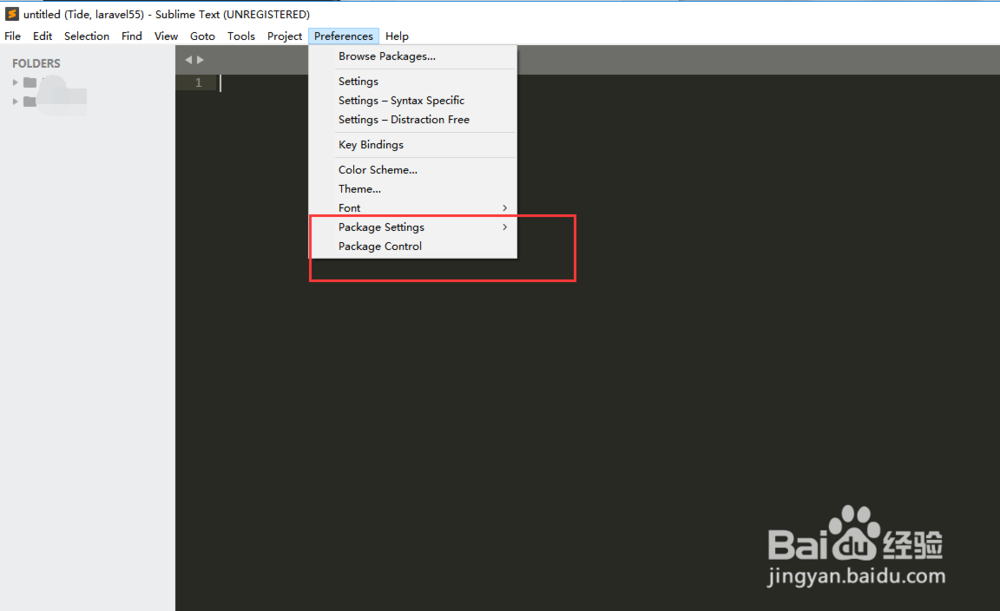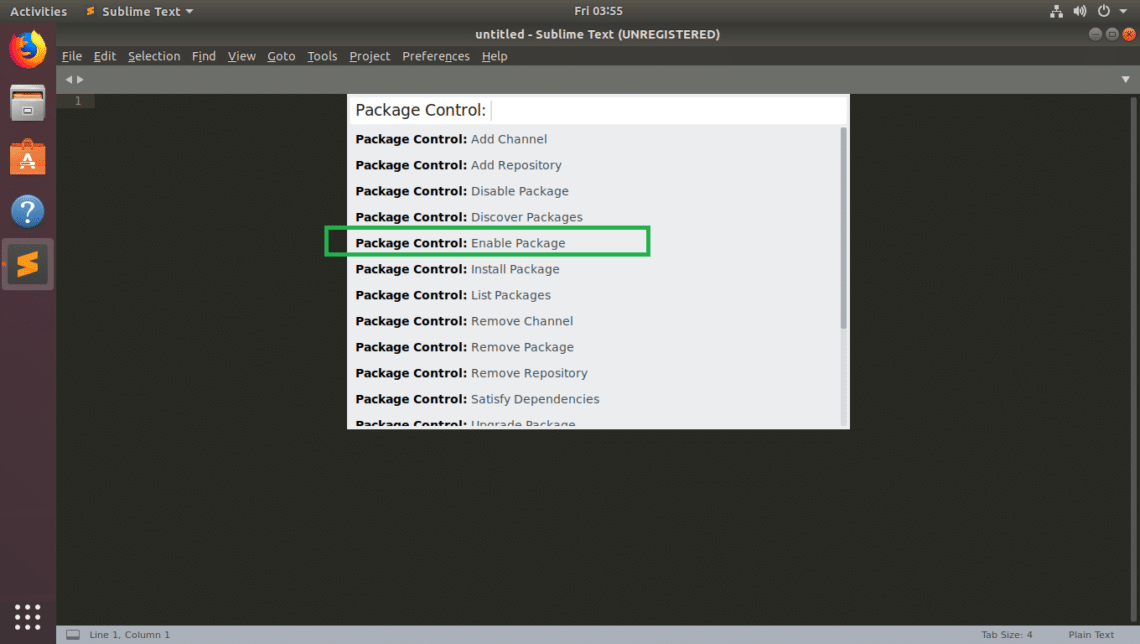
- Sublime text package control install#
- Sublime text package control manual#
- Sublime text package control code#
- Sublime text package control zip#
Sublime text package control install#
Here’s the instruction for installing package control that you can easily search, install and manage these packages. This kind of packages is the reason why many people use Sublime. If there's a plugin that isn't in the Package Manager, why not submit it on behalf of the author by following the steps found here.There are tons of packages (so-called plugin, third party) which you can do many things from chicking grammar for your codes and compiling LESS to CSS etc. Refer to one of the other answers here or go to the Package Manager home page. Restart Sublime Text 2 and boom! you're done. ~/Library/Application\ Support/Sublime\ Text\ 2/Packages/SomePlugin`
Sublime text package control zip#
Now, take your Plugin folder (which you can download as a zip from GitHub, for example) and simply copy the folder into your Packages directory: cp ~/Downloads/SomePlugin-master/ ~/Library/Application Support/Sublime Text 2/Packages
Sublime text package control manual#
However, sometimes plugins are not in the directory, so here is the manual approach.įirst off, find your Packages directory in your Application Support/Sublime Text 2 directory, for example: I highly recommend using the Package Manager as described in other answers as it's far more convenient for both installing and updating. All Package Control commands begin with Package Control:, so start by typing Package.

To open the pallete, press Ctrl+ Shift+ p (Win, Linux) or CMD+ Shift+ p (OSX). Package Control is driven by the Command Pallete.
Sublime text package control code#
Once open, paste the appropriate Python code for your version of Sublime Text into the console.Ĭode for Sublime Text 3 import urllib.request,os pf = 'Package Control.sublime-package' ipp = sublime.installed_packages_path() _opener( _opener( ()) ) open(os.path.join(ipp, pf), 'wb').write(( '' + pf.replace(' ','%20')).read())Ĭode for Sublime Text 2 import urllib2,os pf='Package Control.sublime-package' ipp = sublime.installed_packages_path() os.makedirs( ipp ) if not os.path.exists(ipp) else None urllib2.install_opener( urllib2.build_opener( urllib2.ProxyHandler( ))) open( os.path.join( ipp, pf), 'wb' ).write( urllib2.urlopen( '' +pf.replace( ' ','%20' )).read()) print( 'Please restart Sublime Text to finish installation')įor the up-to-date installation code, please check Package Control Installation Guide. The console is accessed via the Ctrl+ ` shortcut or the View > Show Console menu. The simplest method of installation is through the Sublime Text console.

Once you are done you can use the Ctrl + Shift + P shortcut in Sublime, type in install and press enter, then search for emmet.ĮDIT: You can now also press Ctrl + Shift + P right away and use the command 'Install Package Control' instead of following the install instructions.

Or, an easier way would be to install the Package Control Plugin by wbond.

You should have a Data/Packages folder in your Sublime Text 2 install directory.Īll you need to do is download the plugin and put the plugin folder in the Packages folder.


 0 kommentar(er)
0 kommentar(er)
